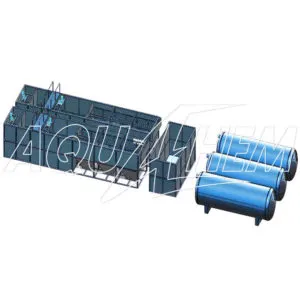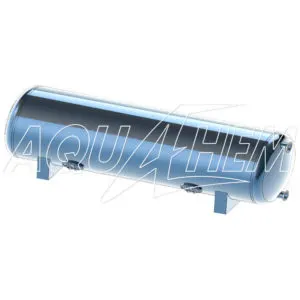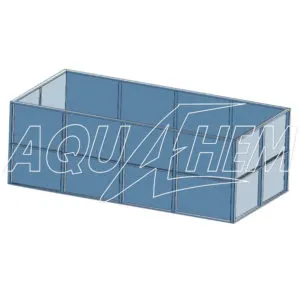RIVER WATER TREATMENT SYSTEMS LAMELLA
The liquid containing the solids to be separation enters the unit through the inlet pipe and flows down through the inlet chamber at the block center, acting on the plate through the side holes. Holes in the top plate assembly designed to create a pressure drop on the bus channels, providing uniform flow distribution between the plates and the area of use 10 times longer.
Lamella surface area in the smallest possible space and designed and made at the most appropriate angle. Lamela is a 10 times more surface area compared to the footprint of precipitation with this design which can be ensured. Very minimal footprint of the system by keeping the distance between plates is minimized.
Water treatment plant contained systems:
1. PRE-CHLORINATION: World Health Organization (WHO) standards to achieve quality treatment, fining or filtration preliminary treatment with chlorine is required before an application.
2. COAGULATION-FLOCCULATION: Flocculation-coagulation the purpose of causing turbulence which forms stable colloidal s particles are very fine and most of the time are used to remove the water component.
3. LAMELLA TREATMENT: after chemical treatment, purification of raw water is usually made by precipitation. Lamella setting is usually required to reduce the used area. The low surface area of high precipitation in the using by providing a Lamella sedimentation saves space. After the purifying process water enters the storage tank, and water from storage tanks and horizontal centrifugal pumps, pressurized sand filters is flowing by.
4. SAND FILTER: sand filters that are not resolved by the process of precipitation with the purpose to clean water by overcoming all the small parts and is also ready for general use.
5. DISINFECTION (FINAL CHLORINATION): Last by providing the required chlorination with chlorine in distilled water is free of bacteriological contamination in the water balance with the provided amount.
WELL WATER TREATMENT SYSTEMS
A water well is a structure constructed for the purpose of deriving water from the underground aquifers. Wells are created by digging, drilling, or boring in the ground till groundwater is reached. The depth of a well and its capacity differ as per the design. Depending upon the methodology of accessing water, they are classified as dug, driven, or drilled.
Previously, well water was drawn up mechanically by using buckets and other containers. In recent times, most of the wells are fixed with pumps for easy access. This water is then stored in the storage tanks for day-to-day usage. In some regions, water from wells is still used as a major source for drinking. Nevertheless, like other sources, this also contains pollutants such as particulate matter, microbes, toxic chemicals, and other contaminants.
Calcium and magnesium ions are replaced with sodium ions while passing through the cationic resin bed.
The treatment system should be selected as per the results of the quality analysis. One of the most cost-effective and safe methods for purification of this water is the use of chlorinators. Chlorination is the process in which a specific amount of chlorine containing compound is added in the well. Most popularly used chlorinators are sodium hypochlorite (also known as bleach) and calcium hypochlorite.
WELL WATER REVERSE OSMOSIS SYSTEMS
Slightly saline water and the purification of the 500 – 2500 is designed to improve the groundwater TDS. Purification of well water and the product water 1000 m2/day capacity are designed for the mentioned purpose.







